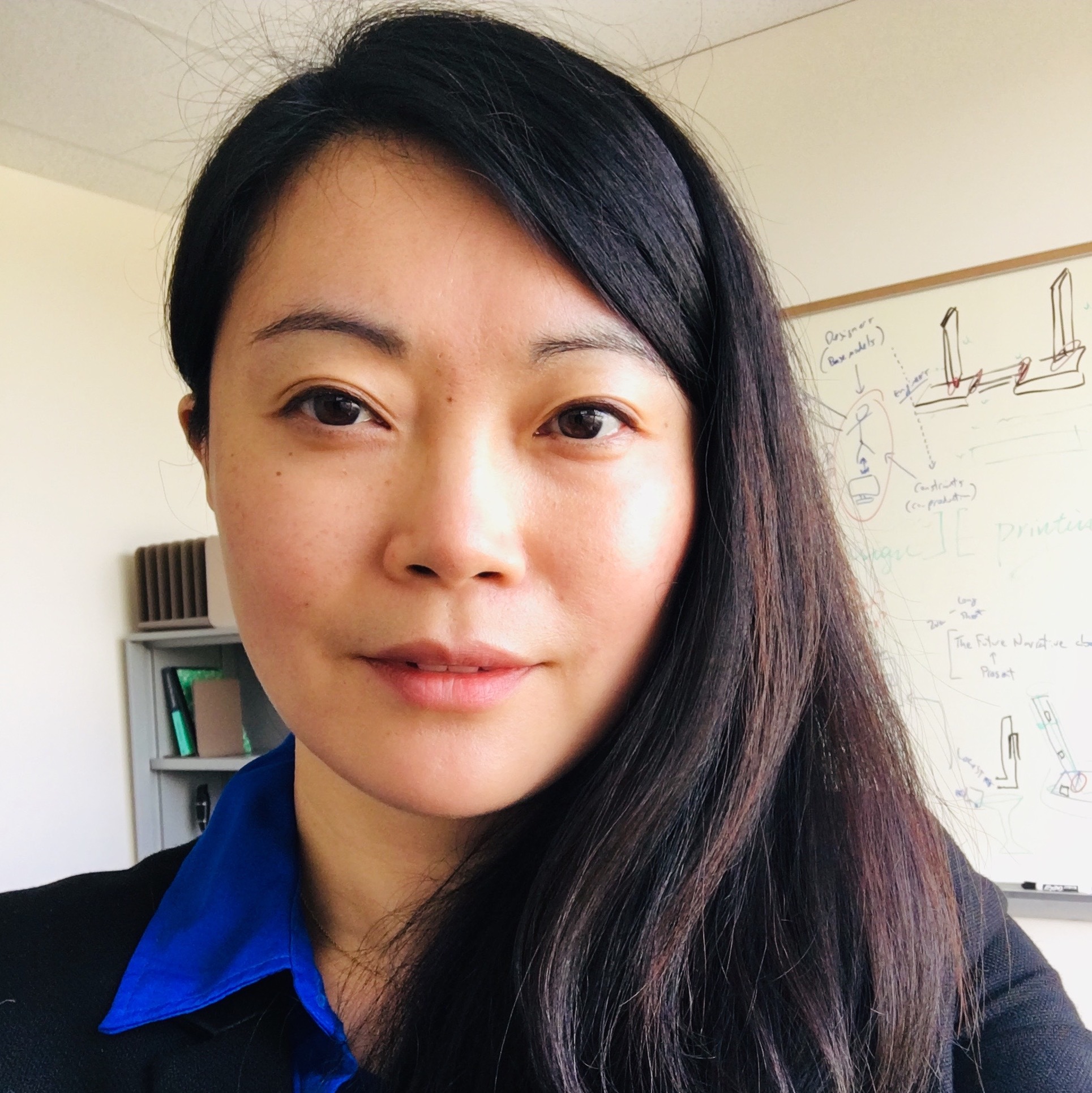Death of the Design Researcher? Creating Knowledge Resources for Designers Using Generative AI
Abstract
References
Index Terms
- Death of the Design Researcher? Creating Knowledge Resources for Designers Using Generative AI
Recommendations
Towards a Design (Research) Framework with Generative AI
DIS '23 Companion: Companion Publication of the 2023 ACM Designing Interactive Systems ConferenceThis one day workshop will explore the use of Generative Artificial Intelligence (GenAI) in design research and practice. Generative technologies are developing rapidly and many designers are using them. Yet, there remains little published work on the ...
Creating personas from design ethnography and grounded theory
Personas can be an effective means of communicating and synthesizing design ethnographic field data by helping designers maintain focus on users and make sense of complex needs. Personas have however been criticized on scientific grounding and ...
Power Struggles and Disciplined Designers - A Nexus Analytic Inquiry on Cross-Disciplinary Research and Design
CHI '19: Proceedings of the 2019 CHI Conference on Human Factors in Computing SystemsDesign is at the heart of Human Computer Interaction research and practice. In the research community, there has emerged an increasing interest in understanding and conceptualizing our research practice, particularly such entailing design. However, ...
Comments
Information & Contributors
Information
Published In

Sponsors
Publisher
Association for Computing Machinery
New York, NY, United States
Publication History
Check for updates
Author Tags
Qualifiers
- Research-article
- Research
- Refereed limited
Funding Sources
- Novo Nordisk Funden
Conference
Acceptance Rates
Upcoming Conference
- Sponsor:
- sigchi
Contributors
Other Metrics
Bibliometrics & Citations
Bibliometrics
Article Metrics
- 0Total Citations
- 688Total Downloads
- Downloads (Last 12 months)688
- Downloads (Last 6 weeks)75
Other Metrics
Citations
View Options
View options
View or Download as a PDF file.
PDFeReader
View online with eReader.
eReaderHTML Format
View this article in HTML Format.
HTML FormatLogin options
Check if you have access through your login credentials or your institution to get full access on this article.
Sign in


